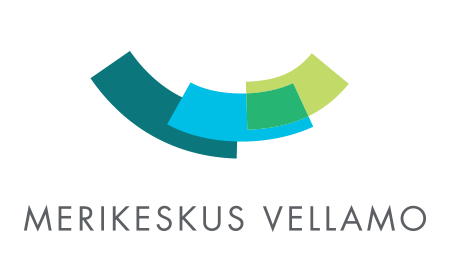Forests are an integral part of Finland’s national culture. The forest industry has long been a patron of art and culture, and in Kymenlaakso, it has also had a great impact on the man-made cultural environment. The art collection of the UPM-Kymmene Cultural Foundation explores the significance of forests and the industrial history of Kymenlaakso.
Landscape painting has played a significant role in building Finnish identity and unity. Since the 1800s, a typical national landscape has been a wilderness or lake view in its natural state, depicted from an elevated angle. At the end of the 1800s, signs of technical and economic progress, such as road networks, ships, log floating channels with long bundles, and rapids suitable for electricity production, were also added to the landscapes.
The art collection of the UPM-Kymmene Cultural Foundation includes both artistically and nationally significant works that have, over more than a hundred years, come under the ownership of the companies preceding UPM-Kymmene (incl. Kymi). The UPM-Kymmene Cultural Foundation received the collection in 2006.
The exhibition is named after the company emblem that won the design competition held by Kymiyhtiö in 1899 and which is still used by UPM. Designed by Hugo Simberg, the emblem features the legendary griffin, half eagle and half lion.
